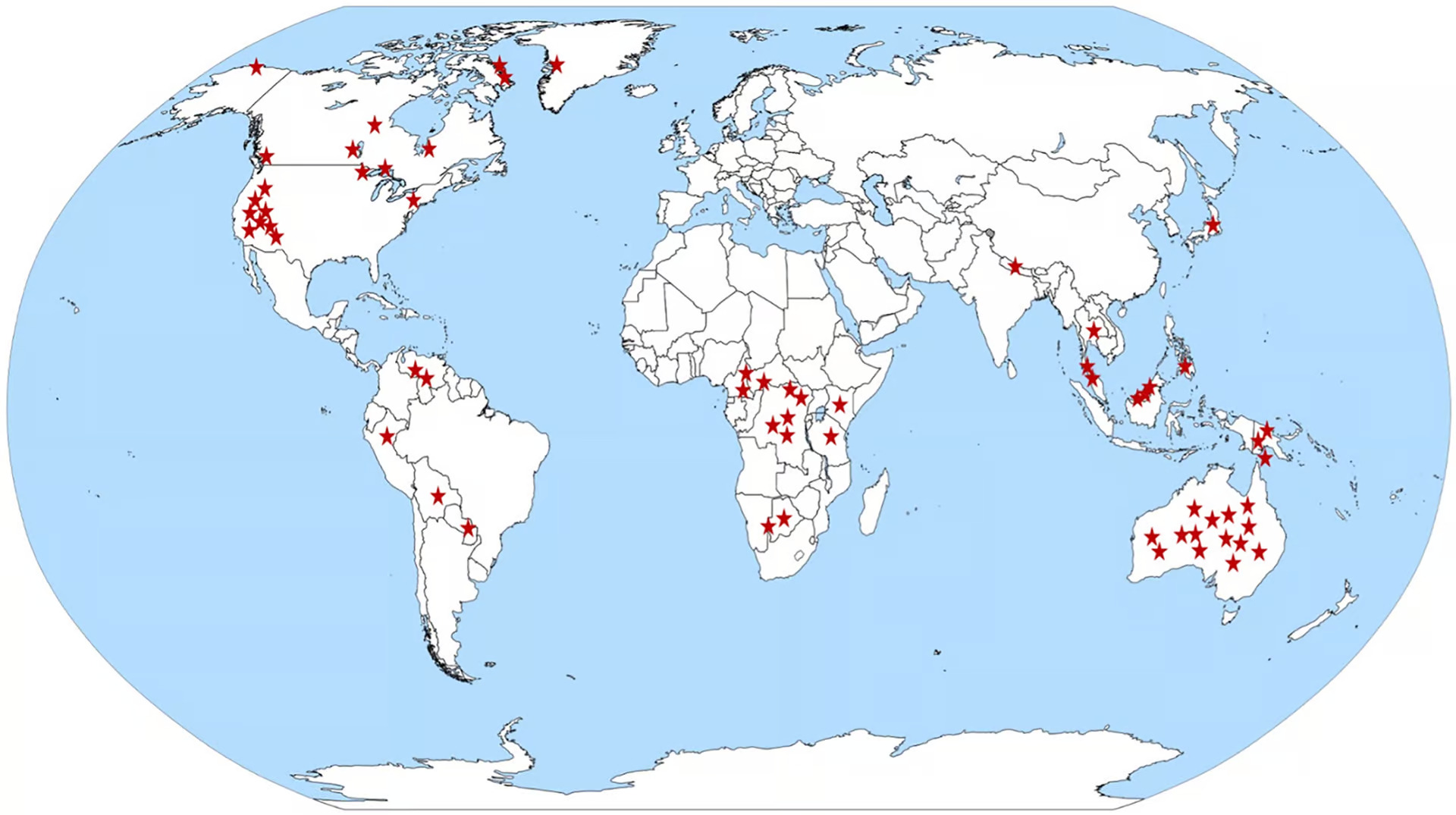 Contrary to long-held assumptions of division of labor, it seems women were prolific hunters. Generated by Midjourney
Contrary to long-held assumptions of division of labor, it seems women were prolific hunters. Generated by Midjourney
–
Researchers have analyzed data dating back 100 years on 63 different and diverse foraging societies around the world and found that in 50 of the groups (79%), women were active hunters regardless of whether they were mothers or even grandmothers.
The study out of Seattle Pacific University looked at 19 North American, 15 Australian, 12 African, six South American, six Oceanic and five Asian societies and found that recorded data backs archeological discoveries from the Holocene that women from diverse cultures participated in hunting.

They also found that choice of game was split across the sexes, busting the assumption that women would have been pursuing smaller species, with the groups that had data on size (45), 33% hunted large game, 15% hunted medium game and 4% pursued all game. All up, this surpasses small-game hunting (46%).
Weapon choice was mixed; tool preferences were consistently different in some societies, while in others, it appeared to be homogenous across the board. However, women generally had a larger range of tools they’d use and more varied hunting strategies.
Additionally, 41 of the groups that had evidence of women hunters also had data as to whether it was an intentional or opportunistic activity. Of these, 36 (or 87%) societies had women as intentional hunters. And in societies in which hunting was the primary source of sustenance for the community, women actively hunted 100% of the time.
“Evidence from around the world shows that women participate in subsistence hunting in the majority of cultures,” the authors wrote.
The data also revealed that women were actively involved in teaching hunting to younger members of the society, showing that the skill was generational and ongoing.
The research was published in the journal PLOS One.
Source: Seattle Pacific University
–






















